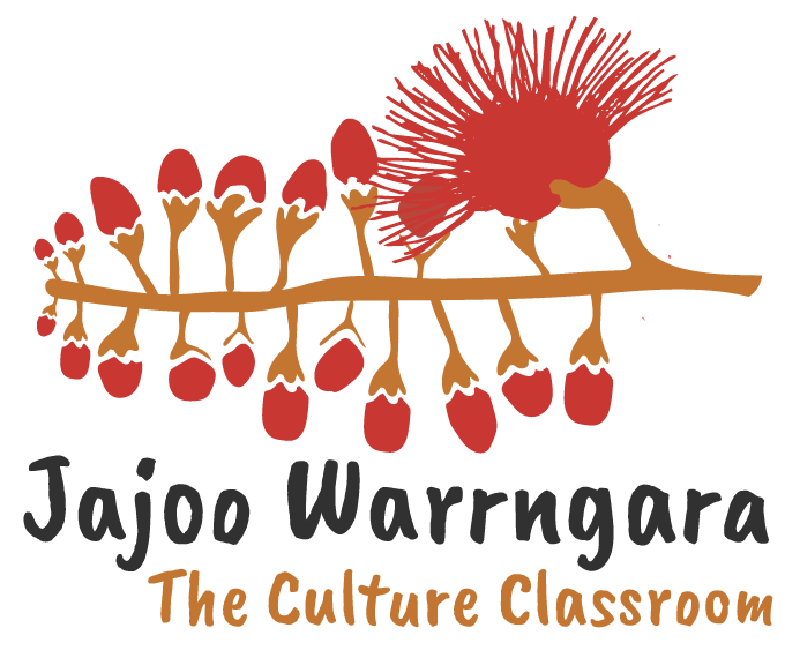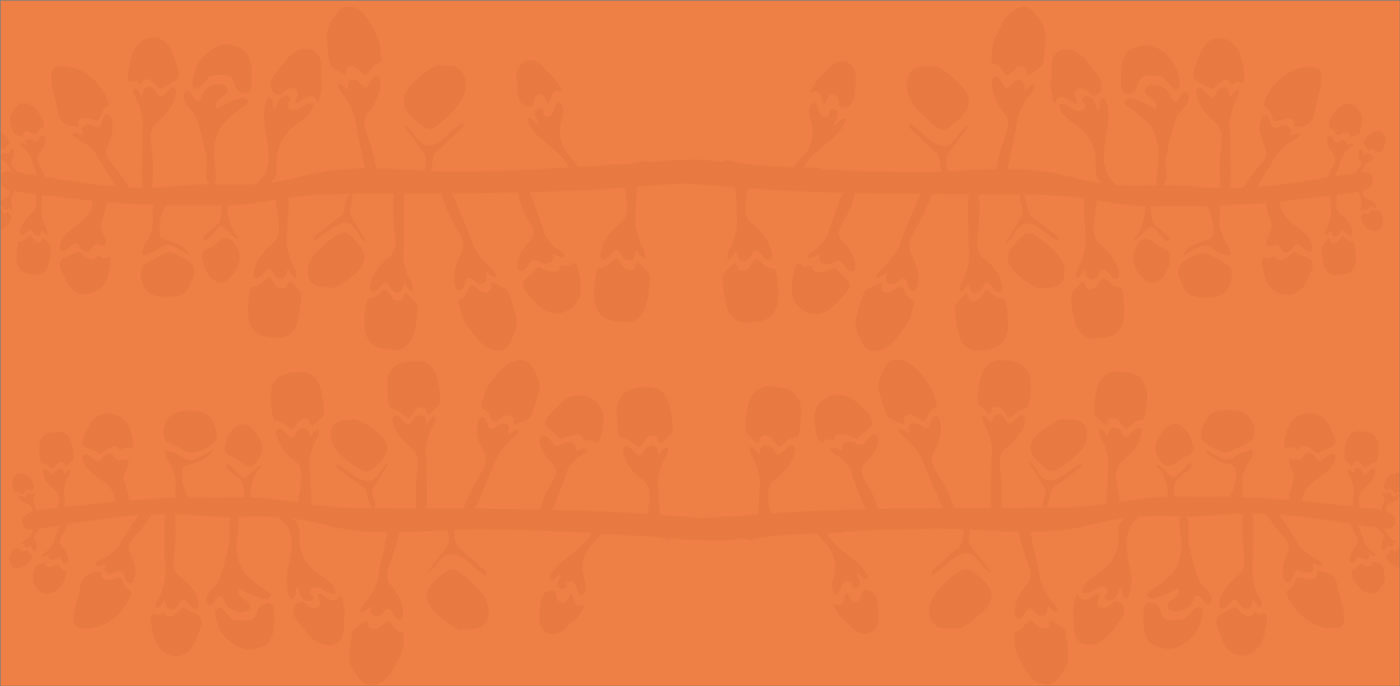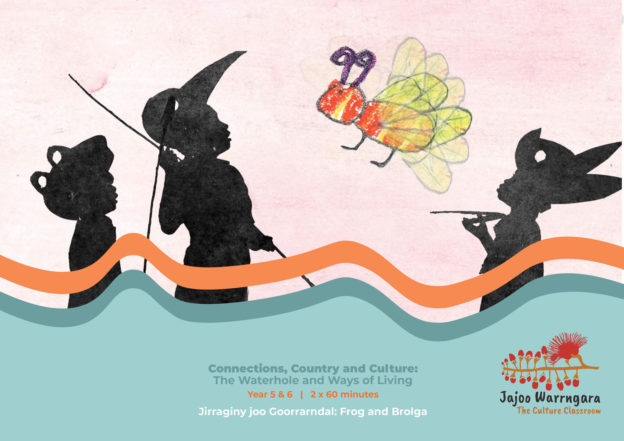Cross Curriculum Priorities
Aboriginal and Torres Strait Islander Histories and Cultures
A_TSICP1 First Nations communities of Australia maintain a deep connection to, and responsibility for, Country/Place and have holistic values and belief systems that are connected to the land, sea, sky and waterways.
A_TSICP3 The First Peoples of Australia are the traditional owners of Country/Place, protected in Australian Law by the Native Title Act 1993 which recognises pre-existing sovereignty, continuing systems of law and customs, and connection to Country/Place. This recognised legal right provides for economic sustainability and a voice into the development and management of Country/Place.
A_TSIC2 First Nations Australians’ ways of life reflect unique ways of being, knowing, thinking and doing.
A_TSIC2 First Nations Australians’ ways of life reflect unique ways of being, knowing, thinking and doing.
A_TSIC3 The First Peoples of Australia (Aboriginal Peoples) belong to the world’s oldest continuous cultures. First Nations Australians demonstrate resilience in the maintenance, practice and revitalisation of culture despite the many historic and enduring impacts of colonisation, and continue to celebrate and share the past, present and future manifestations of their cultures.
Curriculum Links
AC9E5LA03 describe how spoken, written and multimodal texts use language features and are typically organised into characteristic stages and phases, depending on purposes in texts.
AC9E5LA07 explain how the sequence of images in print, digital and film texts has an effect on meaning
AC9E5LA08 understand how vocabulary is used to express greater precision of meaning, including through the use of specialist and technical terms, and explore the history of words
AC9S5I06 write and create texts to communicate ideas and findings for specific purposes and audiences, including selection of language features, using digital tools as appropriate
AC9E6LE01 identify responses to characters and events in literary texts, drawn from historical, social or cultural contexts, by First Nations Australian, and wide-ranging Australian and world authors
AC9E6LY01 examine texts including media texts that represent ideas and events, and identify how they reflect the context in which they were created
AC9E6LY05 use comprehension strategies such as visualising, predicting, connecting, summarising, monitoring and questioning to build literal and inferred meaning, and to connect and compare content from a variety of sources
ACPPS051 Examine how identities are influenced by people and places
AC9HS5K04 the influence of people, including First Nations Australians and people in other countries, on the characteristics of a place
AC9HS5S07 present descriptions and explanations, drawing ideas, findings and viewpoints from sources, and using relevant terms and conventions
Unit Content



